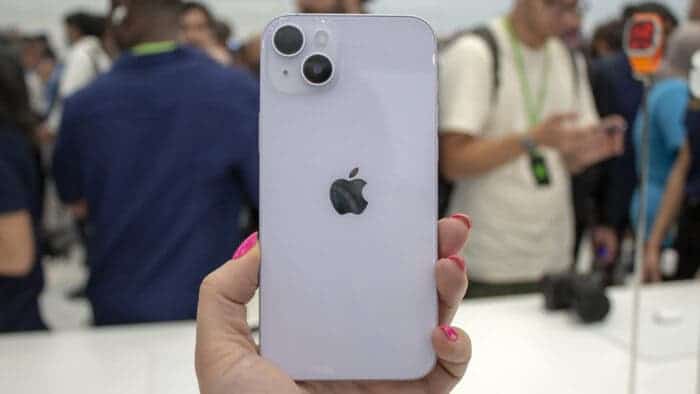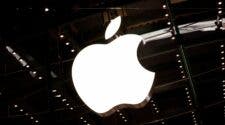After the release of new products such as the iPhone 14 / Pro series, Apple Watch Series 8, Apple Watch Ultra, Apple Watch SE 2, and AirPods Pro 2 headphones, Apple quietly made some changes to the AppleCare+ plan. It extended warranties on Apple products and increased coverage for accidental damage. While AppleCare+ used to offer accidental damage twice a year, these repairs are now “unlimited”. The price of AppleCare+ varies by device, and customers can choose to pay monthly or pay the full price. For the iPhone 14, AppleCare+ costs $9.99 per month or the full price of $199. It’s worth noting that even if you subscribe to AppleCare+, you still need to pay Apple for the service. That is if your device will need repairs.
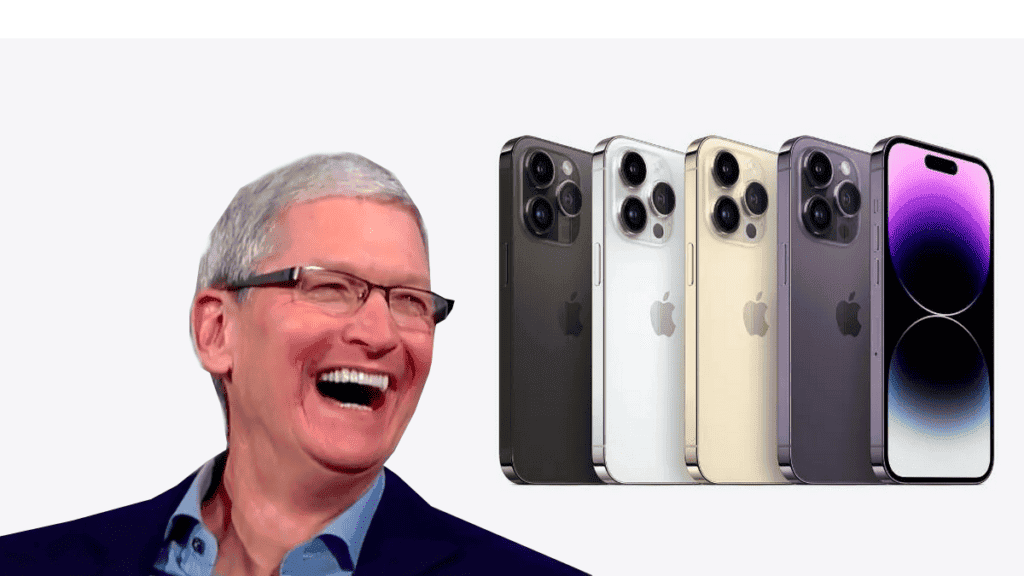
At present, Apple has reduced the difficulty of repairing the iPhone 14 series. However, the question of “who can repair it” has caused heated discussions. Apple’s iPhone 14 series seems to have strengthened the restrictions on third-party repairs to some extent. Nevertheless, it is difficult to repair through third-party channels. A third-party repair store claims that it is quite easy to take apart the iPhone 14. However, getting it working again after taking it apart is quite difficult.
The new issue centers on the iPhone 14 series’ All Weather Display (AOD). This is a feature that uses the phone’s two ambient light sensors (ALS) to calibrate display brightness. To save power, the display automatically turns off at night or when the phone is in your pocket. However, if your display breaks and you replace the screen through a non-Apple authorized service center, the ALS will be always off. This will leave the screen permanently black unless you can remember exactly where the slider is.
Ambient light sensors have been an issue in older iPhones
The ambient light sensor has been a problem in previous iPhones. In fact, even the placement of the controller is a problem. On the iPhone 12, for example, it’s in a sensor bend that tilts on its own in the event of a mechanical failure. On the iPhone 13, it’s been moved to a new component cluster, reducing the risk of accidental damage. The iPhone 14 ALS are in a similar location, so any glitches are software-related issues.
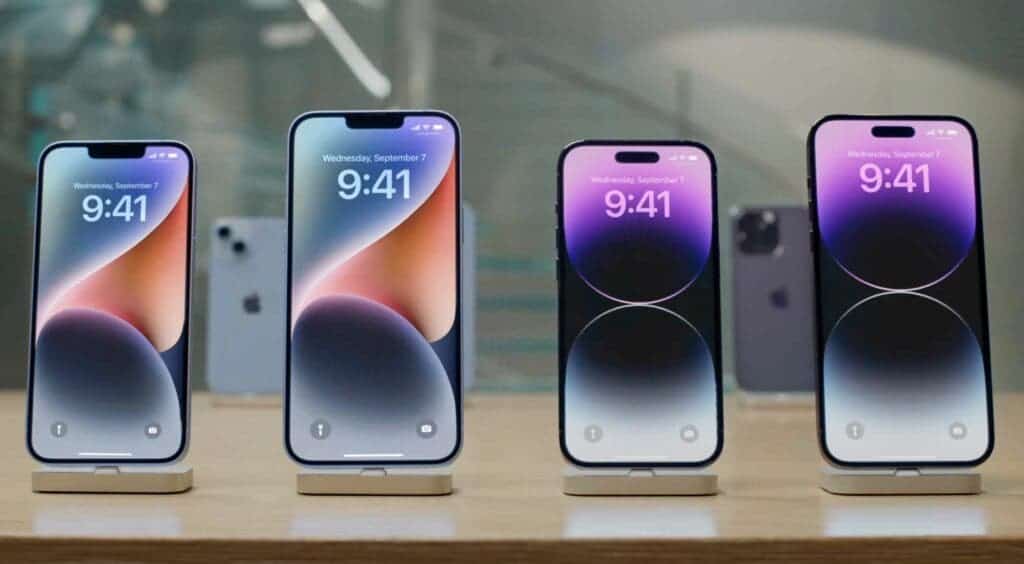
Youtuber @Hugh Jefferys posted a video on this issue where he swaps motherboards between two sets of brand-new iPhones (14 and 14 Pro). Although all parts are brand new and original from Apple, these phones still have a lot of errors and functional failures. This includes but is not limited to FaceID, battery health, True Tone and automatic brightness, etc. Even the front camera does not work properly. The problem persists when he swaps them back again. It wasn’t fixed until he downgrades the phone to iOS 16.0.
That is to say, Apple has adopted a new “part pairing” restriction on the iPhone 14 series. Each part of each phone is bound with a digital ID. The display will have a unique ID recorded on its hardware. Thus, whenever you check put on the device, the ID is checked. As far as the iPhone 14 is concerned, it only works when its “own” display is active. If the original ID is not detected properly, then sorry it’s about a brick. At the same time, users will also see a string of error messages urging them to go to their local Apple technical support for a replacement.
Only Apple can resolve this
The only way to circumvent this is to manually approve a new pairing ID. This can only be done by in-house software/tools by an Apple-authorized technician. The process, which requires a technician to connect to Apple’s private network via the internet, is “closely controlled” by the company, the sources said. Before the iPhone 13, third-party repair shops could use custom EEPROM programmers to solve this problem. Service personnel can read the part ID code from the original display and write it into the display that needs to be replaced. This is usually a refurbished original display, but unfortunately, this method is no longer available for the iPhone 14 series.
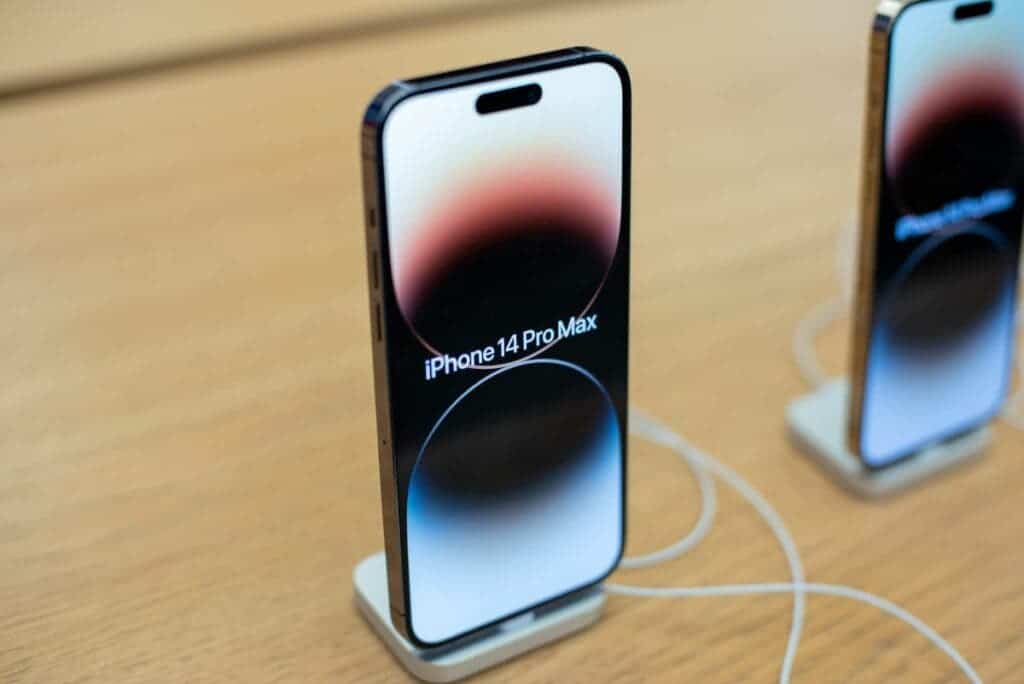
As a result of this policy, repair shops other than official Apple stores will not be able to repair any new iPhones. However, the cost of joining Apple’s official authorized stores is so high for some small stores that many partner companies are reconsidering whether to maintain the status quo. “As an independent repairer, the Independent Repair Program (IRP) is not profitable enough to sustain a retail business,” said one of the people, who asked not to be named.
But you should know that Apple has historically opposed users repairing their devices themselves, even if Apple previously launched an official self-repair kit. Apple supports anti-repair rights groups and attempts to perform all repairs within its own service process. This has led to problems such as high basic maintenance fees for some machines by Apple.
Apple is crippling third-party repairs for personal gains
Critics have been criticizing Apple that it is crippling third-party repairs for its benefits. They claim Apple’s monopolistic behaviour is designed to make a profit. However, Apple denies it, telling the U.S. Antitrust Subcommittee that “the cost of providing repair services in 2019 has exceeded the revenue generated by the repairs”. Apple didn’t explain whether this constitutes the entirety of its repair business, or if it’s just repairs made under warranty.
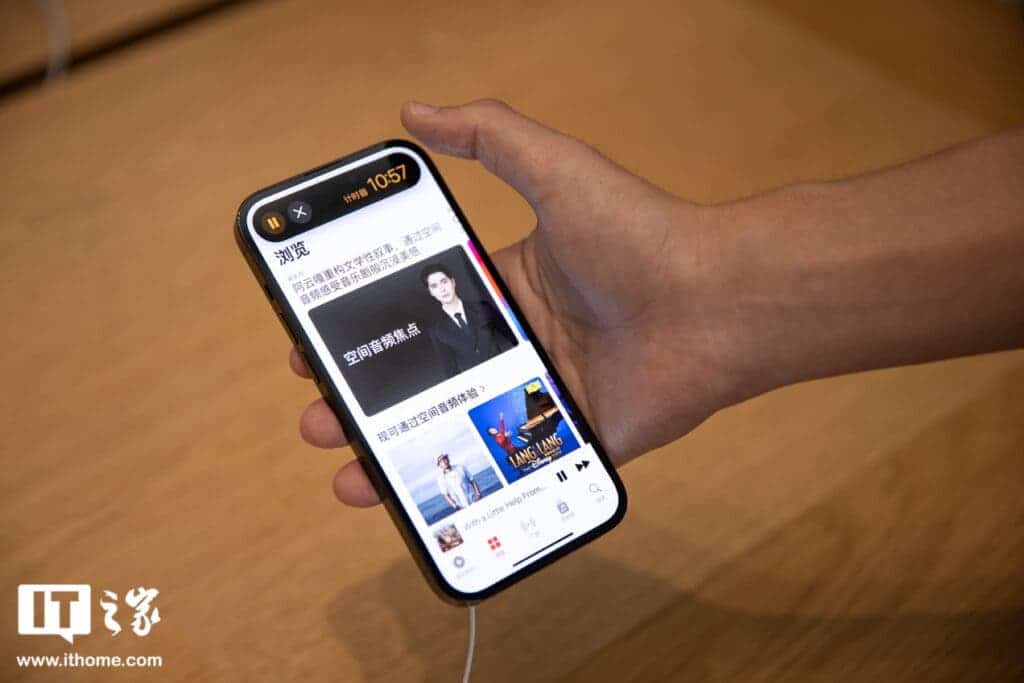
The company was forced to loosen its grip on the right to repair, thanks to a concerted effort by regulators and activists. In 2019, the company said it would allow third-party repair shops to receive the same tools, parts and manuals as its ASPs. The company has since expanded the program to include repairs for Macs, iPhones and iPads. On November 17, 2021, the company announced a self-repair program that will provide users with tools, parts and manuals. But the end result is that consumers have to pay much more for repairs than they should or can pay to keep their iPhones running. For example, a third-party shop using genuine Apple displays will cost around £140 to repair an iPhone 11 display. The same repair at an Apple-authorised store will cost close to £220. This compares to £95 for display replacements made by third-party companies.

